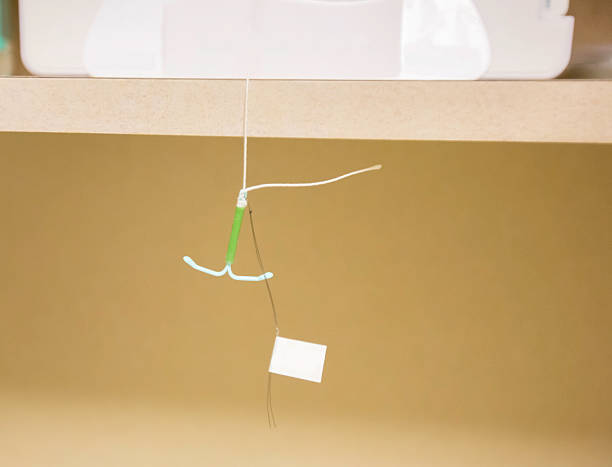Is the IUD Right for You?: Does IUD cover by insurance

You may have heard a lot about IUDs recently. Like many reproductive healthcare providers, carafem has seen a recent increase in the number of clients seeking IUD insertions. These tiny devices take a few minutes to insert; they cannot be seen or felt once they are in place; they last between 3 and 12 years (and can be removed at any time you want so you can get pregnant). They are more than 99% effective in preventing pregnancy. They’re also covered by most insurance plans, including Medicaid, thanks to the Affordable Care Act! We celebrate our first live. IUD “Ask me anything” chat on Facebook.
Couldn’t attend? Don’t worry, we’ve compiled some questions from the chat below, along with some frequently asked questions about IUDs. Have you decided you’re ready to get an IUD or just want to discuss your options in person? Call us anytime at 1-(877) 723-4959 to schedule an appointment.
What is an IUD?
An intrauterine device (IUD), also sometimes called an intrauterine contraceptive (IUC), is a small, simple, T-shaped birth control method. The IUD is placed inside the uterus and is one of the most effective ways to prevent pregnancy. IUDs can be hormonal or totally hormone-free (more on that in #4)!
Yes! All varieties of IUDs are extremely safe and all are over 99% effective in preventing pregnancy. The best one for you depends on your personal preferences: whether you want one with or without hormones, how long you’d like to be protected from pregnancy, whether you’re okay with having a heavier period or not at all, etc.
Both hormonal and non-hormonal IUDs are over 99% effective at preventing pregnancy and can be removed at any time if you want to become pregnant or change your birth control method.
How long does an IUD last?
The effectiveness time of your IUD will depend on the type of device you choose. After insertion, hormonal IUDs are effective for 3-6 years, depending on the brand. On the other hand, non-hormonal IUDs are effective for up to 12 years!
What is the difference between hormonal and non-hormonal IUDs?
There are some differences between hormonal IUDs and non-hormonal or “copper” IUDs. The biggest difference is in the way they work. As their name suggests, hormonal IUDs, such as the Mirena, Skyla, Liletta, or Kyleena, work by releasing a small but constant amount of hormone into the uterus. This prevents pregnancy by thickening the cervical mucus so sperm can’t get in. Hormonal IUDs can also prevent you from ovulating or releasing an egg from your uterus, meaning there is nothing for the sperm to fertilize if they do get inside .
Non-hormonal IUDs, also called copper IUDs or sometimes Paragard, work a little differently. The copper in IUDs like the Paragard is safe for the uterus, but toxic to sperm; so even if swimmers enter your uterus, they don’t get far enough to fertilize an egg. Without a fertilized egg, there is no pregnancy!
How long does it take to insert an IUD?
IUDs take only a few minutes to insert. At carafem, IUD insertion appointments typically last less than an hour. The time you spend on the exam table is usually 10 minutes or less, and the actual insertion usually takes about 2 minutes.
Does IUD insertion hurt?
Insertion pain is different for everyone! For some people, it is not a big deal, while for others it is very uncomfortable. Fortunately, however, most people agree that the worst of the discomfort passes very quickly, often within seconds.
On the other hand, the non-hormonal copper IUD is effective as soon as it is inserted.
I heard you have to be on your period to get the IUD inserted. Can I still get one?
Absolutely. IUDs can be inserted at any time of the month, regardless of where you are in your menstrual cycle and carafem has appointments available as soon as the same day or the next day.
While you don’t have to wait until you get your period to get an IUD, there are some benefits to doing so; The biggest one is that a hormonal IUD will be effective right away if it’s inserted within 7 days of the start of your period , so you don’t have to wait to have unprotected sex. Another benefit is that being on your period means you’re already bleeding and crampy, so you may not be bothered as much by the spotting and cramping that often accompanies insertion. Finally, some providers say that the cervix is a little softer during your period, which can make insertion a little more comfortable for you.